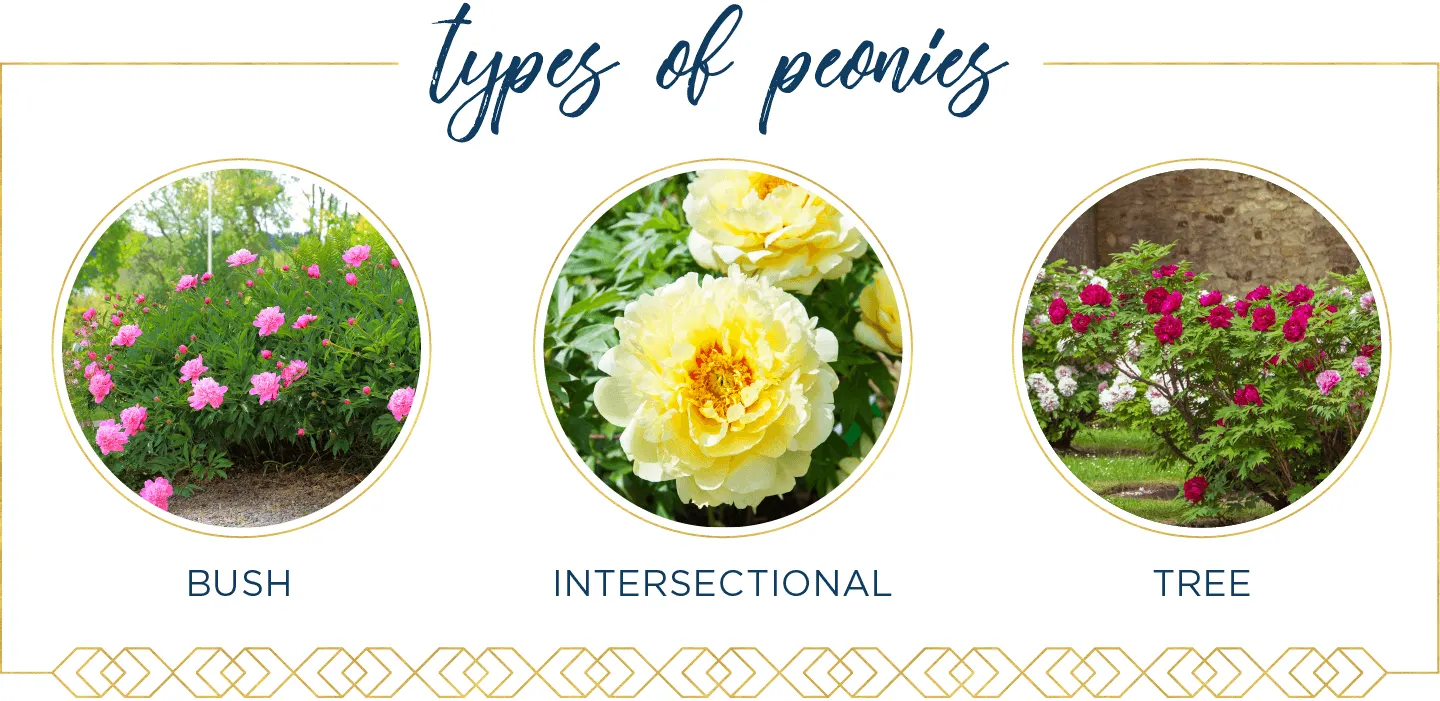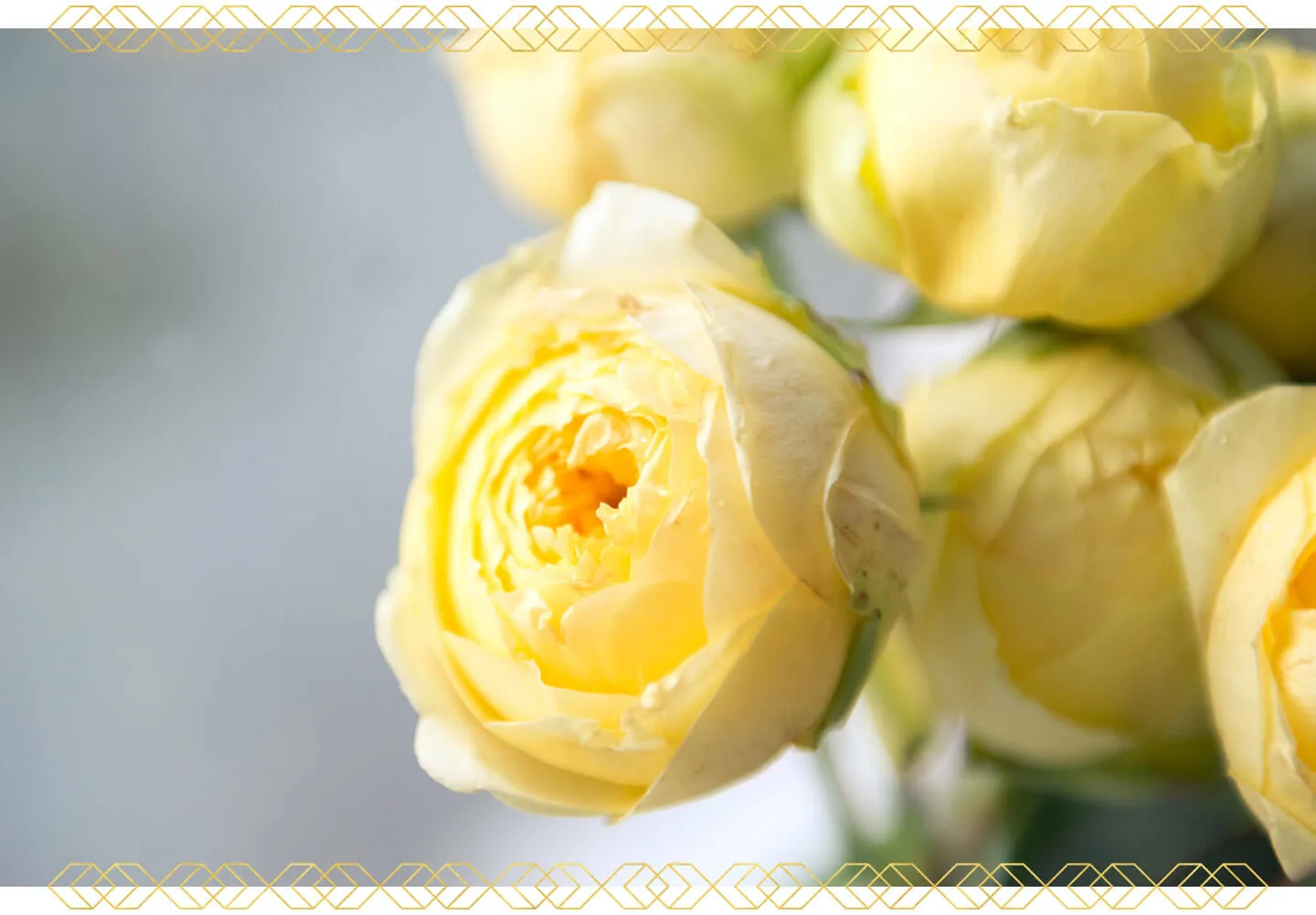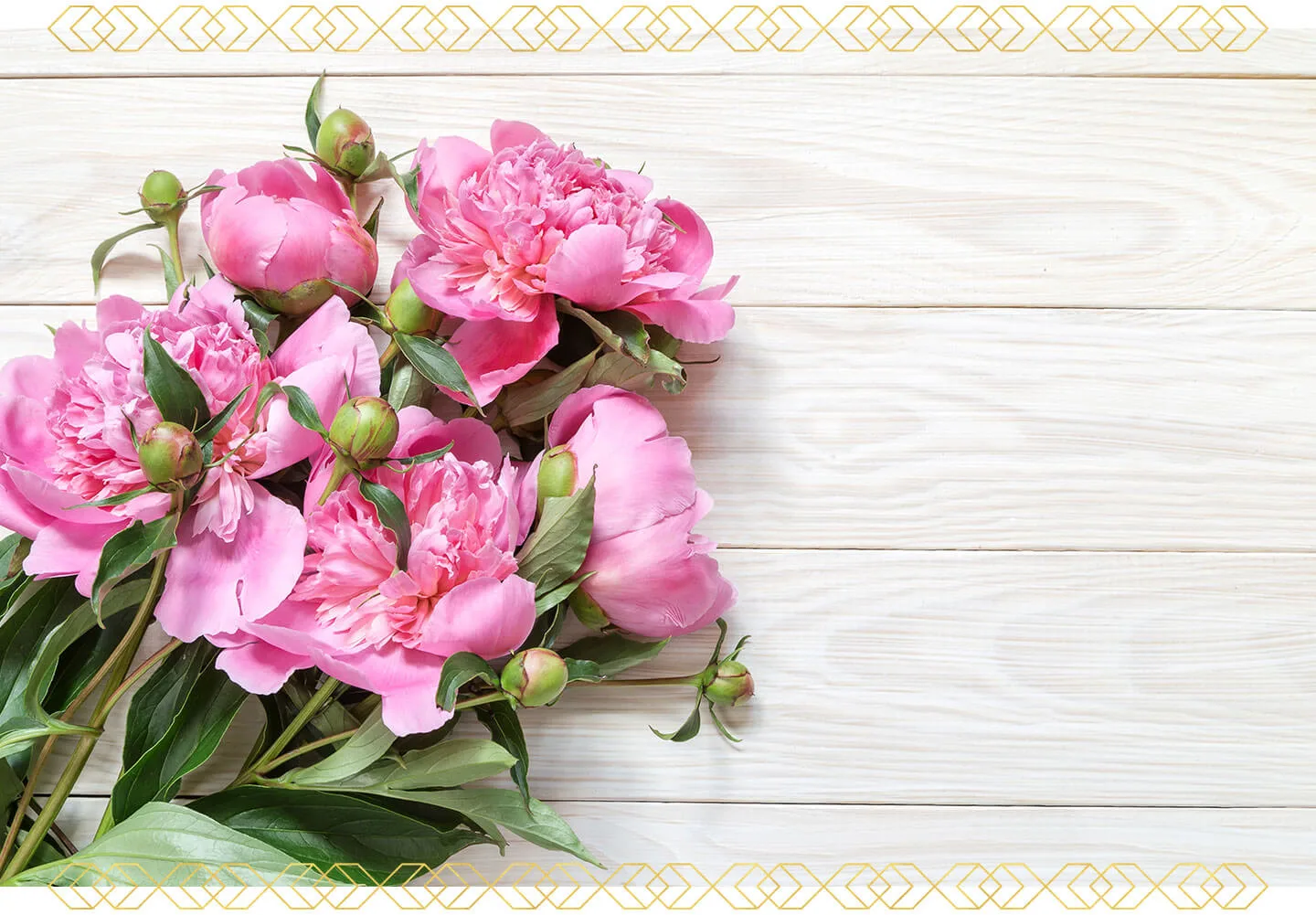May 17, 2019
Peony Care Guide: How to Plant and Grow Peonies
Peonies are a spring flower, known for their beautiful hues of pinks, reds, whites and yellows. Peonies symbolize romance, prosperity and good fortune, making them popular wedding flowers. These stunning flowers can bloom for 100 years if planted properly and cared for.
Not only do peonies look beautiful in a garden, but they add an elegant and feminine touch as cut flowers in your house as well. To help you grow healthy and full blooms in your yard, we’re sharing a peony care guide that includes types of peonies, how to plant them and how to care for them.
Types of Peonies
Peonies are perennial flowers that come in three main varieties: herbaceous (bush), tree and Itoh (intersectional).
Peony Bush
The peony bush, or herbaceous peonies, are low maintenance plants that can thrive in the same spot for more than 50 years. They require little water and naturally resist most pests. Some popular varieties include the Paeonia officinalis and the Paeonia lactiflora.
Peony Tree
The tree peony or paeonia suffruticosa blooms in April and May and is native to China. The stems of the peony tree stay above the ground all year and it produces much larger flowers than the other varieties. They reach up to 10 inches in diameter.
Intersectional Peony
Intersectional peonies are a cross between the herbaceous peony and the tree peony. This hybrid blooms later in June. It’s commonly found as a border in gardens due to it’s attractive bloom and lower height than the other varieties.
Growing Peonies
Peonies are a low-maintenance flower that are a beautiful addition to any garden. If planted in the right conditions, they should bloom within a few years of being planted.
When to Plant Peonies
Peonies should be planted in the fall, ideally from late September to October. In warmer areas of the South, they should be planted even later. If peonies are planted in spring, they may not bloom for the first few years. Planting them about six weeks before the first frost will allow them to settle and survive the colder temperatures of winter.
Light
A common question that arises when planting peonies is, “Do Peonies need full sun or shade?” Peonies should be planted in an area that receives full sun. They should receive five to six hours of full sunlight per day. On the other hand, too much sunlight can also be harmful, so ensure they are planted in an area that gets some afternoon shade.
Water
While peonies are growing, it’s recommended that they receive an inch of water each week. Be sure the soil doesn’t get too much water and become waterlogged.
Soil
Peonies should be planted in soil that drains well and is rich in organic matter. The soil pH should be neutral. If the soil is lacking nutrients, add a slow-release organic fertilizer.
Location
To plant peonies in your garden, find a location that has good air circulation and gets full sun. They should be protected by strong winds and be planted away from other trees and shrubs so they don’t have to compete for food and water.
How to Plant Peonies
Dig a hole in the soil that is 12-18 inches deep and loosen the soil on the sides of the hole. If planting multiple peonies, space them 3 to 4 feet from each other to allow for air flow. Add a handful of fertilizer to the hole before planting the peony so that it lines the hole.
The peony should be planted with the eyes up and roots down. The eyes are the pink or white buds on top of the roots. The peony eyes should not be planted any lower than 2 feet below the soil’s surface. If planted below this, the peony may not bloom.
Once the peony is properly placed in the hole, backfill the hole with soil. Make sure the roots don’t sink lower than 2 feet below ground level. Water the freshly planted peonies thoroughly.
Diseases
Peonies are prone to botrytis, a fungal disease that is common in wet seasons. If a peony has botrytis it may develop canker or become black at the base. This will cause it to fall over or wilt. To prevent or cure botrytis, remove the infected area by deadheading the plant and ensure the plant’s soil has good drainage and airflow.
Peonies are also known to get phytophthora, another type of water mold that is deadly for the plant. If your plant has phytophthora, you’ll have to dig up the plant, replace the soil and start again with a new plant.
If you notice leaf curl, it could be a sign of stress. This stress can be due to lack of water, a virus or unusual weather. If this occurs, adjust your care to correct the problem and keep an eye on it.
Ants are often found crawling on peony buds due to the sweet nectar they produce. These ants aren’t a danger to the plant and can be left alone.
Peony Care Tips
Once your peonies are planted, they take some time to develop. This flower variety is low-maintenance and can thrive even when neglected but there are some peony care tips you should keep in mind.
Once the flowers bloom, deadhead the plant so that the blooms will grow back the following year.
Peonies don’t need to be pruned unless they are damaged or diseased.
Peonies don’t need to be divided, unless you’d like more to plant.
For poor soil, apply fertilizer in early summer after the flowers have bloomed.
Only apply fertilizer every few years, when needed.
Water deeply once a week, but be sure not to overwater.
If you are planting in colder climates you may need to add some mulch to the plant in winter. Be sure to apply it sparingly and remove in the spring.
Varieties that grow taller may need structural support added into your garden before they get more than a few inches tall.
Peonies are versatile flowers. They look stunning in the garden or as a decorative accent in the home. They are also a popular choice for spring wedding flowers. No matter how you use them they will be sure to steal the show.
Sources:
GardenDesign I White Flower Farm I Gardeners.com I The Old Farmer’s Almanac





